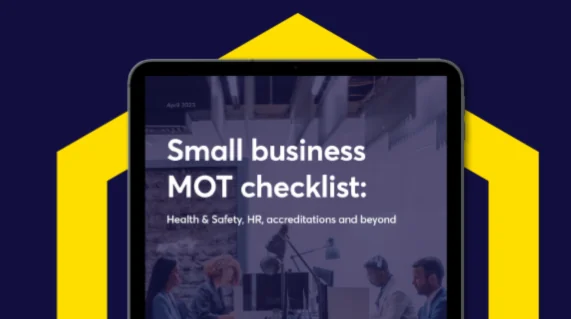Running a successful business is all about managing risks. The different types of risk assessment serve as a solid foundation to help you do just that. From financial uncertainties to workplace safety concerns, understanding and mitigating risks is crucial for long-term success. To effectively tackle these challenges, you need to choose the right risk assessment method tailored to your specific needs. In this blog, we’ll explore the five different types of risk assessments and explain when and why you might need each one.
What are the different types of risk assessment?
Before delving into the specifics, let’s outline the five main types of risk assessments:
- Qualitative risk assessment
- Quantitative risk assessment
- Generic risk assessment
- Site-specific risk assessment
- Dynamic risk assessment
Now, let’s dive into each of these assessments in detail, shedding light on their unique characteristics and ideal use cases.
Qualitative risk assessment
Qualitative risk assessments are used when a business needs to evaluate risks based on subjective criteria and expert judgment rather than quantifiable data. This method is valuable for identifying potential risks that may not have readily available data.
Most workplaces use qualitative risk assessments to assess the level of risk involved. Assessors don’t use numbers, but rather a simple formula that determines the severity of harm against the likelihood of the risk occurring. For example, qualitative risk assessments can help identify project management risks, like team dynamics and stakeholder communication. The end goal is to provide a list of risks and prioritise how those risks are managed and controlled, depending on the risk level.
Quantitative risk assessment
Quantitative risk assessments are best when you need to quantify risks in terms of probabilities or monetary values. Using this approach you could calculate potential financial losses associated with each hazard you find. For example, this can help determine the costs of construction projects and the tools and equipment needed and help you plan accordingly. That way, you can stick to the project requirements, remain within budget and deliver consistent projects that boost the reputation of your business.
Generic risk assessment
A generic risk assessment is used for broad and generalised risk evaluations, typically applied to a wide range of businesses within an industry. This is useful when a standard set of risks is applicable across different businesses. In the construction industry, a generic risk assessment might cover common risks like falls, electrical hazards and equipment safety.
Equally, generic risk assessments help your business to meet compliance with the Management of Health and Safety at Work Regulations (1999). The legislation details that employers should make a conscious effort to assess risks associated with Health and Safety of their employees and any visitors. As the variable nature of hazards affects risk levels, a generic risk assessment can help form a solid basis for a site-specific risk assessment, which we explore in the next section below.
Site-specific risk assessment
Site-specific risk assessments are tailored to a particular location or project within a business, considering unique conditions and variables. Sometimes, site-specific risk assessments are essential due to varying geological, environmental and operational factors that could impact safety.
Generally, a site-specific risk assessment can take the form of a qualitative or quantitative risk assessment. For construction businesses that carry out a diverse range of projects, the type of hazard and work that is carried out may differ from site to site and job to job.
Risk levels may change depending on the type of work being done. For example, a piece of equipment you need to use isn’t suitable for the environment, or perhaps the tools you need to be tested for vibration and noise levels.
Dynamic risk assessment
Dynamic risk assessments are conducted in real time, focusing on changing circumstances and evolving risks. Industries like healthcare rely on dynamic risk assessments to adapt to unforeseen situations and allow businesses to make immediate decisions to protect staff and patients.
Now that you have a better understanding of the different types of risk assessments, you might be wondering how to implement them effectively. That’s where HS Direct comes in.
Create your risk assessments with support from HS Direct
Writing a risk assessment may seem like a daunting task, but you don’t have to do it alone. HS Direct offers comprehensive support to simplify the process. Our services include a range of bespoke templates, guidance, and expert advice to help you create a robust risk assessment that ticks all the boxes for compliance.
Take a look at our wide range of risk assessment templates for every industry, our blank risk assessment template if you want to tailor your risk assessments to your business, or if you need a starting point, just download our free template. Our guide to risk assessments also provides an in-depth look at the benefits they provide to improve Health and Safety and demonstrate compliance for your business.
Or, if you want to speak to a member of the team about risk assessments or your business needs, just call 0114 244 4461 or visit our contact page and we’ll get back to you!









